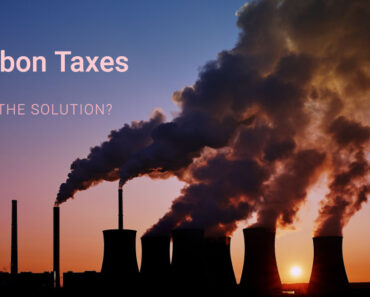China is richer and hotter than the US, and its climate reflects this. As personal affluence rises, air conditioning demand rises, and on the warmest days in China, 50% of power use goes to cooling buildings. As nations get affluent, electricity consumption increases exponentially. China has developed faster than any other country its size, and its people and energy usage are climbing the wealth pyramid at an unprecedented rate. Power shortages are common in a fast-growing economy like China, and China’s September-October 2021 electricity shortage was unusual.
Power-strapped grid operators compensated for an increase in air conditioning and fans by lowering lighting and other municipal power demands. The underlying cause of this crisis is China’s power grid, and coal is everything. Europe and the US, which have similar GDPs, generate 18% and 21% of their power from coal, while China’s 62%. China is developing at an unprecedented rate, but its lack of indigenous oil and gas production is a major drawback. It imports half of its natural gas, making it expensive and prevents it from using it to generate power.
Solar electricity may cost less per kilowatt-hour than coal power, but when the money is spent matters. China’s electricity producers are nearly all state-owned corporations, yet they operate autonomously and adapt to market conditions like privately held companies. Beijing sets electricity prices at eight cents per kilowatt-hour, much below the global average. China does not regulate coal prices, which fluctuate widely throughout the world. Why not renewables?
Ignoring upfront financing issues, if solar and wind are cheaper than coal-fired electricity and aren’t affected by short-term coal price volatility, wouldn’t they be the clear winner? However, most Chinese live in unfavorable renewable energy circumstances, with the dry west and northern border having the most solar energy potential and the far west and borderland north having the most wind potential. China has built vast dams, solar arrays, and wind farms, as well as transmission lines linking the bright, windswept hinterlands to population and industrial hubs. China has 34 of the 36 Ultra High Voltage power lines worldwide, with ambitions to develop more. These long-distance lines can carry up to five times the power of normal overhead transmission lines because they operate from 800 to 1,100 kilovolts instead of 110 to 500.
China has built wind and solar facilities in remote locations like the deserts of Xinjiang and connected them directly to industrial cities like Anhui Province 2,000 miles or 3,200 kilometers away, but they have yet to maximize their green investments. China’s grid is regional, primitive, and coal-oriented, and as Chinese coal use, consumer standards, average temperatures, and weather variability grow, China’s grid will struggle to keep up. China’s mid-2020 embargo on Australian coal was daring given coal’s ongoing importance in its energy mix. The prohibition on Australian coal in 2021 was the only obstacle to China’s strong quarantine and control procedures, which nearly eradicated COVID-19. Construction and heavy industries rebounded in 2021 as China’s strong quarantine and control procedures nearly eradicated COVID-19.
As business grew, fissures appeared and China produced less coal but burned more. Global coal prices rose to almost $200 per metric tonne, four times their year-ago average. Chinese miners struggled to produce, while Chinese power providers emptied reserves to avoid losses while generating at a greater cost than they could sell. 20 provinces witnessed rolling blackouts of historic proportions, disrupting the worldwide supply chain. After the crisis, the nation’s economy was revealed as a fragile structure.
China is in a bind between local and worldwide expectations of continuous economic expansion and the unchecked, rising global climate problem. Air pollution in China is estimated to cause one, two, or three thousand extra fatalities every day, and international firms began paying personnel sent to China hazard pay to offset the health risks of living in China. China has made tremendous progress in improving its air quality, but it is still far above World Health Organization targets and causes many excess deaths per year. To address the climate problem, China pledged peak carbon emissions by 2030 and carbon neutrality by 2060 at the 26th UN Climate Change Conference in Glasgow. China also pledged 50 years of Hong Kong autonomy, 300 dead at Tiananmen Square, and Xinjiang is only detaining Uyghur militants.
China also pledged to cut its carbon intensity by 45% by 2020 at the 2009 UN Conference on Climate Change. However, analysts criticized China for apparently being on track to reach 45% reduction by 2020. China’s 2030 carbon peaking objective is different from the 2009 promise, as it is not on that road and has seven years remaining. In 2021 and 2022, China plans to build most of the world’s future coal power plants and last year, Beijing approved 370 million tonnes of coal output, reversing their vow to cut fossil fuel production. At China’s annual Central Economic Work Conference in December 2021, authorities admitted that they may fail their emissions objectives while focusing on their economy.
China’s economic growth is greatly related to carbon production, and carbon output must stop for the health of its inhabitants, for international pressure, and for the pragmatic global realities of climate change. Decarbonizing requires slowing growth, diplomatic decline, and renewables can’t arrive quickly enough since China’s growth requires low-cost, high-carbon energy.






